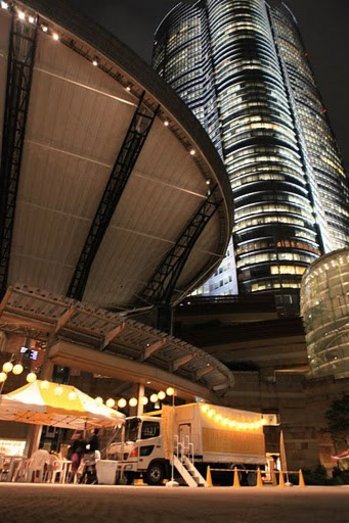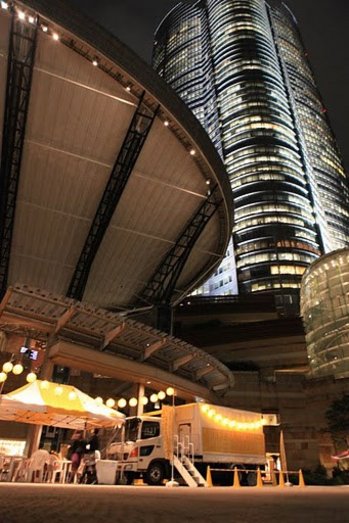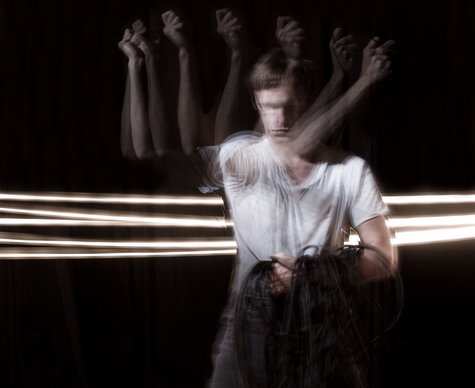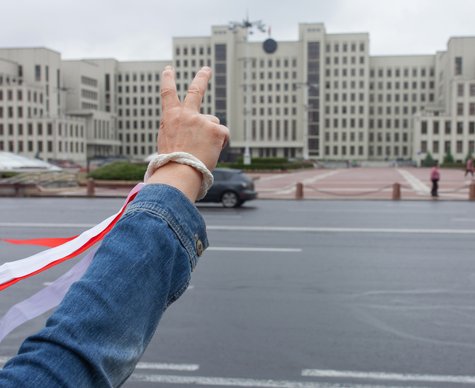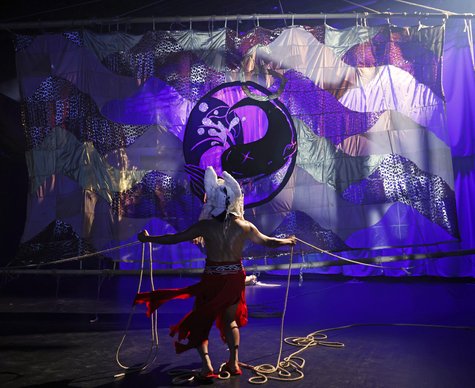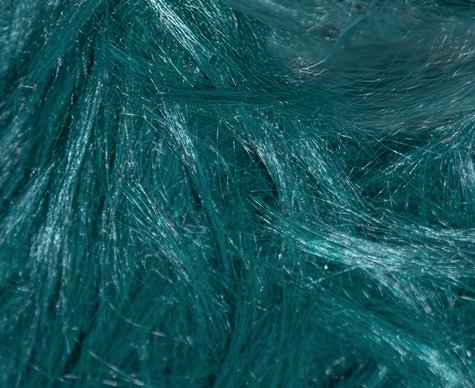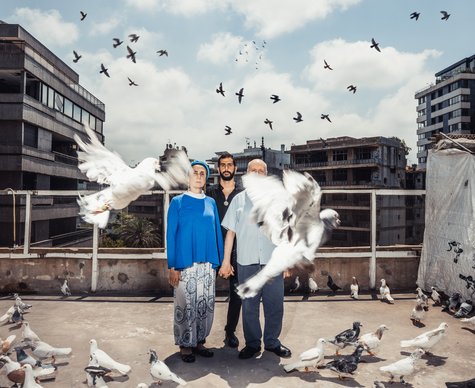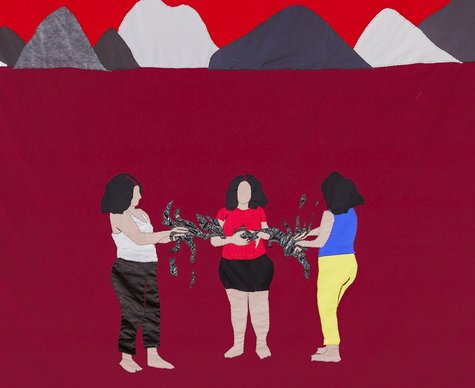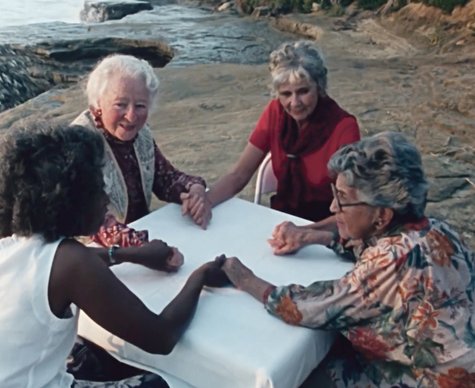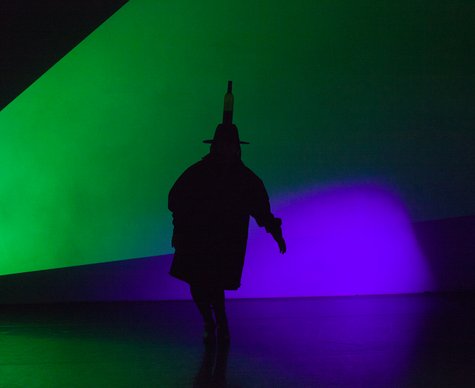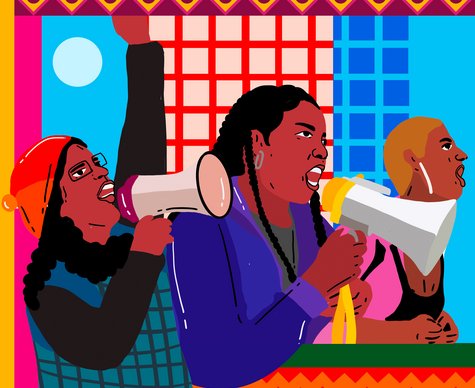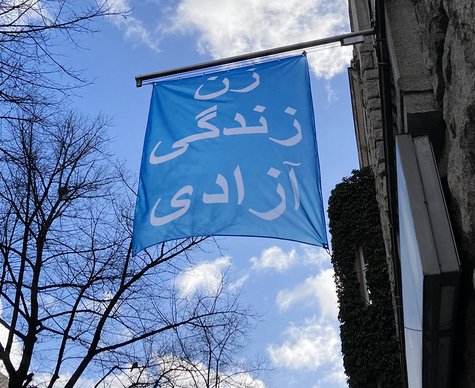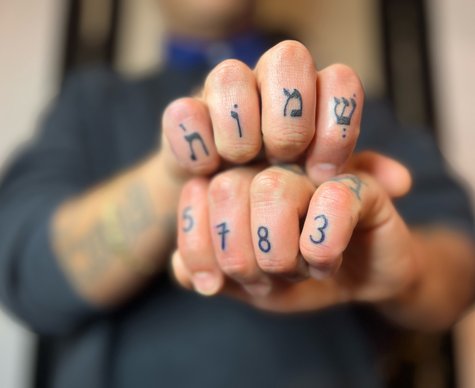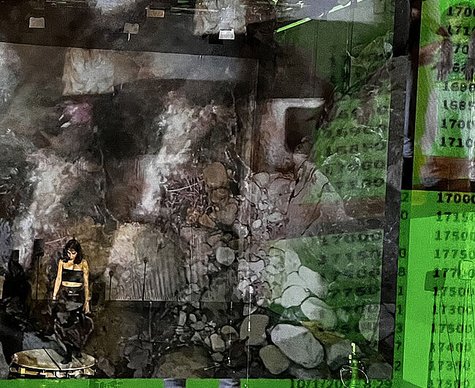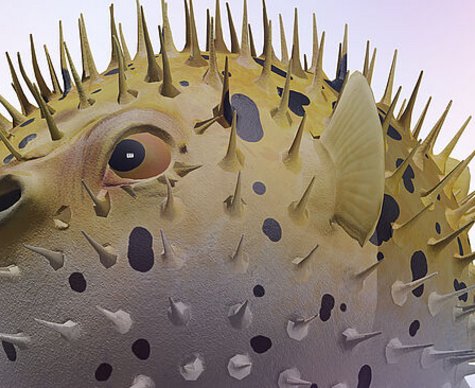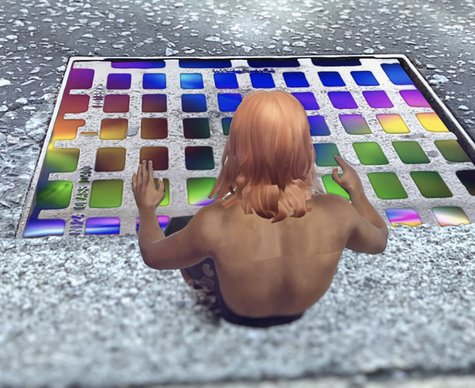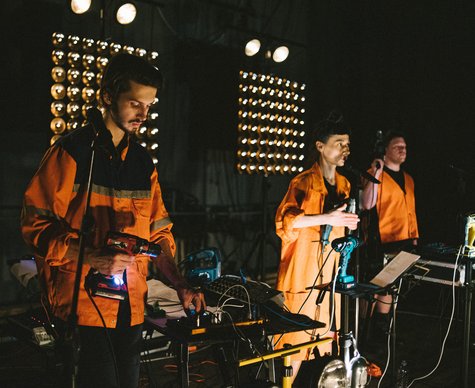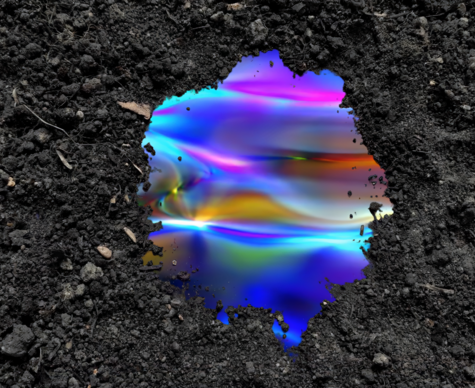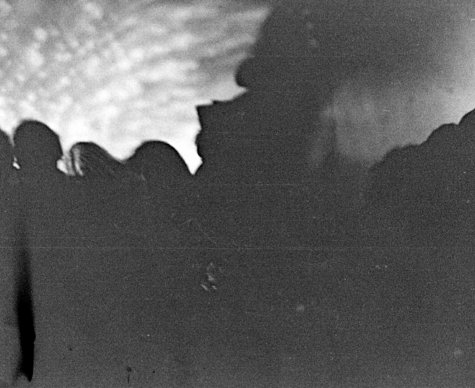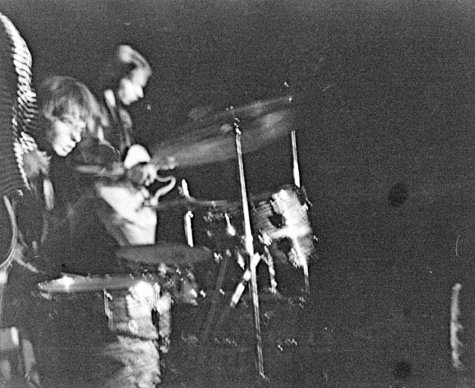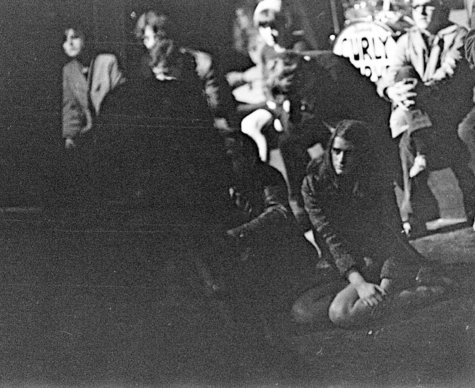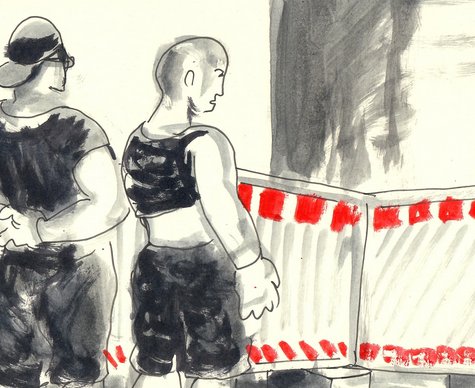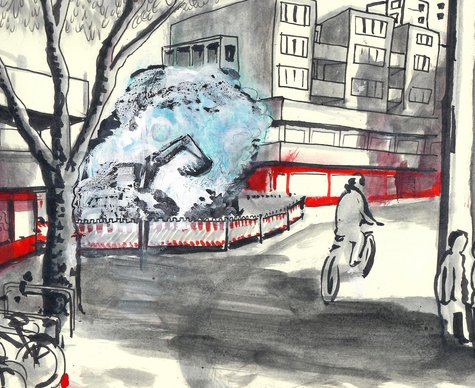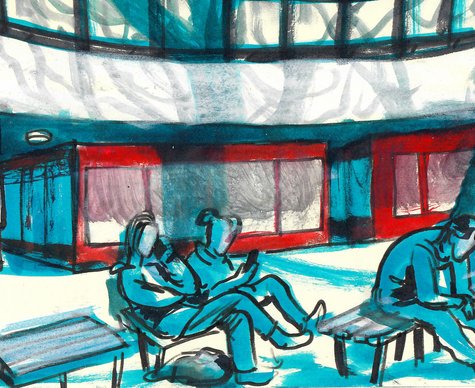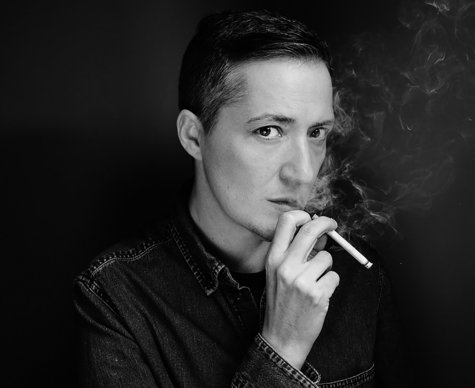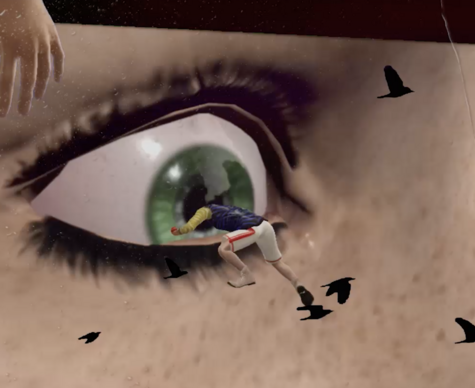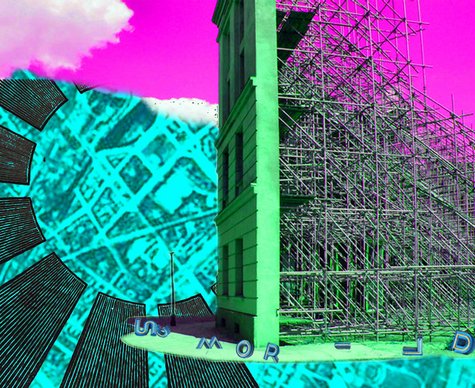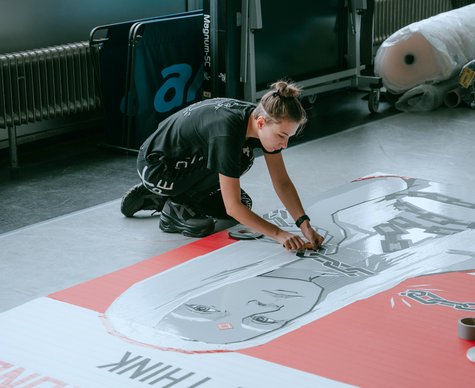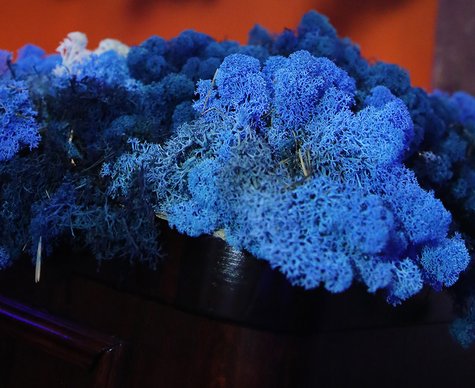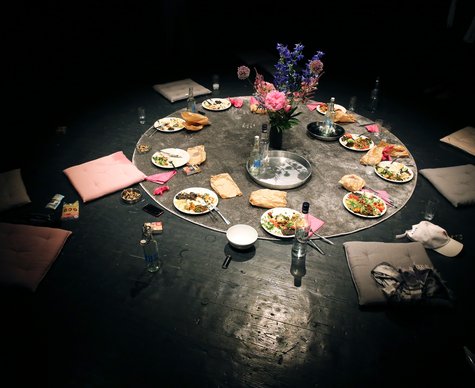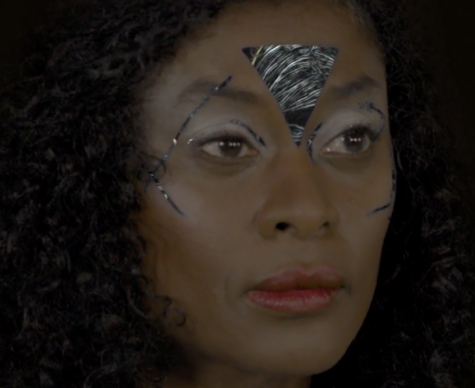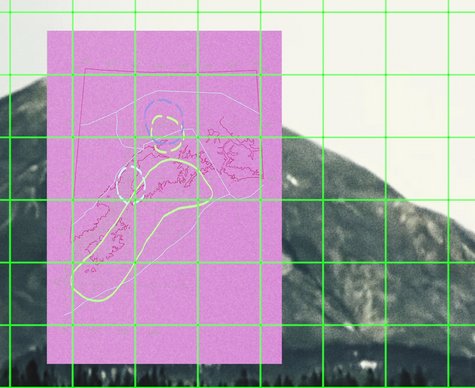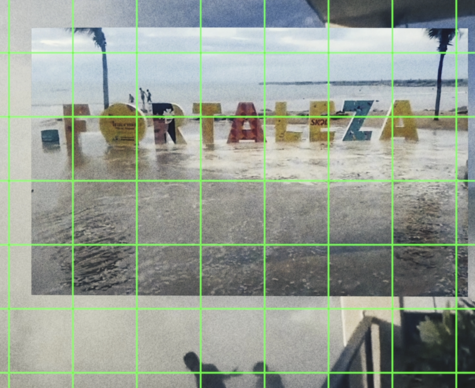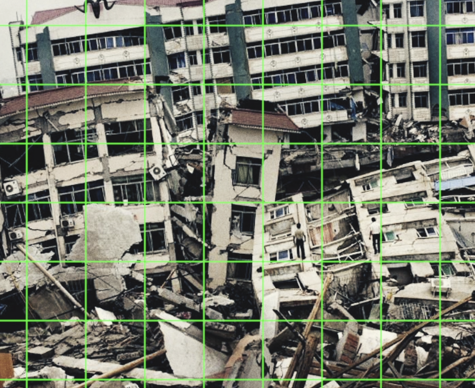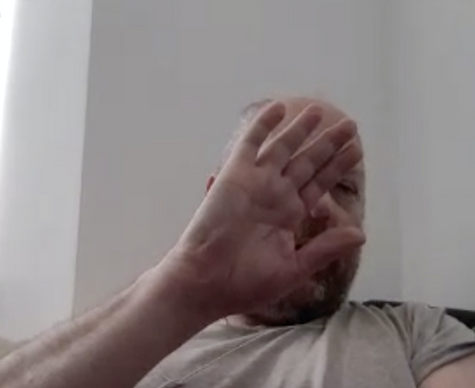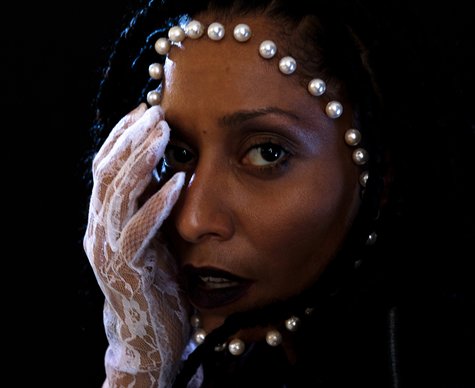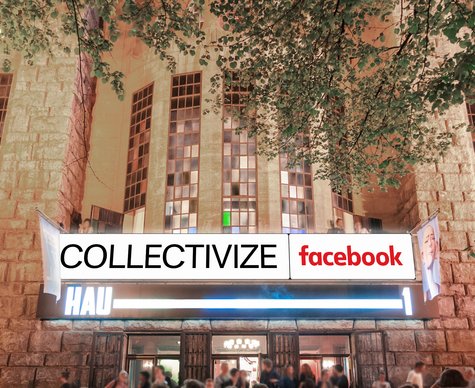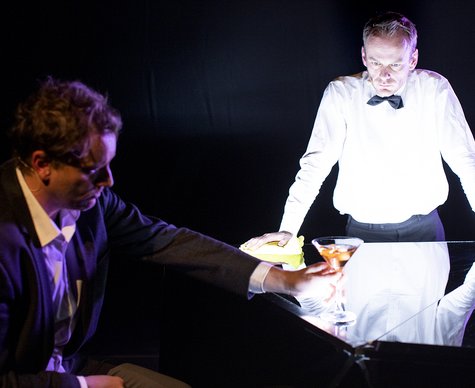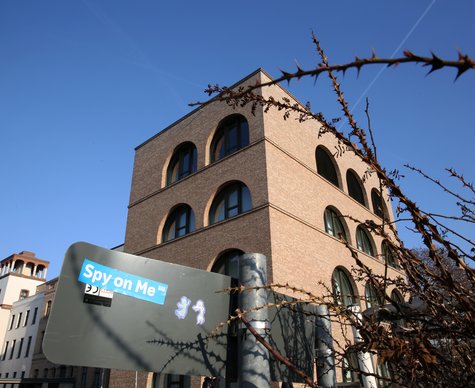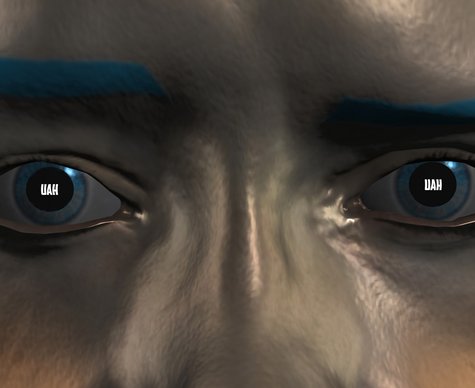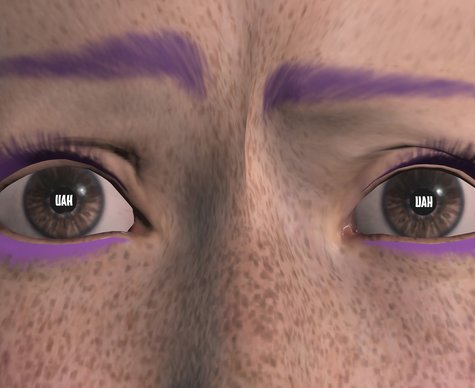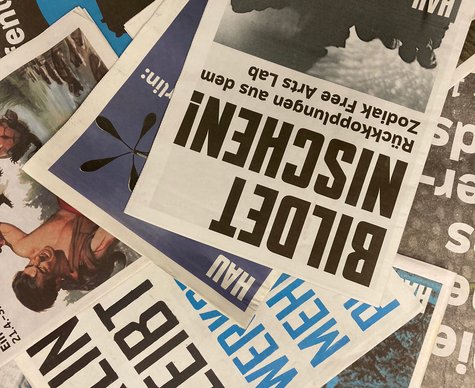Exhibition design: Valerie von Stillfried / Assistant designer: Dominik von Stillfried
Parcours 3.11
- Installation
“Parcours 3.11” transforms the theatre hall, the foyer, and the passageways of HAU1 into a cosmos of various film and installation projects, all related to March 11, 2011 and its visible and invisible consequences on the lives of people in Japan. In his long-term archive “Referendum Project”, Akira Takayama interviews young people from various regions in Japan, Hikaru Fujii acts an a film ethnologist, documenting reactions to the catastrophe by artists and cultural initiatives. Nina Fischer and Maroan el Sani portray people who were compelled to leave their homes due to radioactive contamination. Hikaru Suzuki causes the beloved anime character Doraemon to disappear on film.
Akira Takayama
Referendum Project (2011/2014)
Japanese with English subtitles
Inspired by a visit to the Zwentendorf Nuclear Power Plant near Vienna, which was prohibited from operating by a referendum in 1978, Akira Takayama came on the idea of making the idea of the “referendum” the basis for a long-term project. In Japan, where there has never been a referendum, it remains possible only in the mode of fiction – as an artistic action.
The project documents and collects “voices”, which themselves have never been heard in any actual public poll. Over several trips to various regions in Japan, Takayama has interviewed more than 100 students since 2011, based on a questionnaire that circles around the everyday routines and future wishes of the young people. The answers of the 12 to 14-year-olds attest, on the one hand, to bold ingenuity, but they also reflect – in part in a thoroughly depressing way – the detached pat phrases of the world of adults. For the Berlin version of the installation the archive was extended with conversations held by the director and documentary filmmaker in March 2014 with youngsters from Hiroshima and Nagasaki. With this decision, Akira Takayama spans the arc from the dropping of the atomic bombs at the end of the Second World War and the trauma unleashed by them to the nuclear catastrophe at Fukushima.
Production: Festival/Tokyo, Port B. Co-production: Wiener Festwochen. With support from The Japan Foundation, The Saison Foundation, Association for Corporate Support of the Arts (KMK), GBF and The Northeast Japan Earthquake Restoration Fund.
Hikaru Fujii
3.11. Art Documentation
Video documentation, 2011–ongoing
Germany
Only three weeks after the catastrophe on March 11, 2011, filmmaker Hikaru Fujii had already begun working on his “3.11 Art Documentation”. Over a period of about one year he repeatedly travelled for several weeks at a time into the disaster area, where he turned his camera – in desolate cultural centres, schools or emergency shelters – on the concepts and strategies that different figures from art and culture used to react to the catastrophe. The activities documented are extremely heterogenous: commemorative events, clean-up work by a group of volunteers in an apartment building damaged by the tsunami, a brass band's first rehearsal after the catastrophe. Positioned between commemoration, analysis and incitement to concrete action, Fujii's video archive poses pressing questions about the function of art and its documentation on film.
Camera, Schnitt: Hikaru Fujii; Partner: Sendai Mediatheque; Funded by: ARTS NPO AID
Hikaru Suzuki
Mr. S & Doraemon
Video, 2012, 15 min.
Japanese with German subtitles
The two-part video work combines a self-documentation by the artist and director on the day after the catastrophe of March 11, 2011 with scenes of the beloved Japanese anime classic “Doraemon”. Hikaru Suzuki filmed the screen of his computer, where he was following the events in the disaster region. From then on, he recorded scenes from his ordinary life every day. This created a chronology of his “window to the world”, which he then edited in reverse order. The result is a disturbing meditation on the “course of history”. In the second part, he meticulously cut the main character out of 106 episodes of the anime film. All that remains is the place where the title character lives – Doraemon himself is permanently absent. Suzuki underscores the scenes of the abandoned house with audio material from news programs on March 12, 2011.
Nina Fischer & Maroan el Sani
Contaminated Home
Installation, 2014
The photos from the series “Contaminated Home” show private shots of a family from the Fukushima prefecture, who abandoned their home, only 23 kilometres from the damaged nuclear power plant, in the first days after the earthquake and moved to Kyoto. Since leaving in March 2011, the protagonists go back once a month for a few days, test the radioactivity and compare it to the official measurements. The photo series and the accompanying interview material document these visits to the “sweet home” in the woods. This pseudo-idyll makes the threat of contamination appear all the more unreal.
Courtesy of the artist and of Galerie Eigen+Art, Leipzig/Berlin.
Nina Fischer & Maroan el Sani
Spirits Closing Their Eyes
3-channel video installation, HD, duration variabel, keyword-generated, 2012
Germany
A film about life in Japan after March 11, 2011. Not about the visible damages caused by the earthquake and tsunami, nor about the reconstruction and cheer-up activities, but about nondescript and often invisible changes. The documentary focuses on the current physical and psychological state of emergency, which oscillates between actual threat and subtle changes in everyday habits. Berlin artists Nina Fischer and Maroan el Sani held extensive conversations with people from various regions in Japan. We see refugees who have left their homes after the reactor disaster; families in Tokyo who have got used to dealing with a Geiger counter on a daily basis; students who organise a referendum against nuclear power; researchers who develop cheap radiation gauges from recycled plastic bottles; or artists who put on a festival in contaminated Fukushima. “Spirits Closing Their Eyes” combines these conversations with footage that depicts the situations and moods of a country. In addition, the work contains a series of short film portraits. All the interview partners look into the camera for one minute and think about the future, which for most of them is still uncertain.
Courtesy of the artist and of Galerie Eigen+Art, Leipzig/Berlin.
Nina Fischer & Maroan el Sani
PET Bottle Shield
Installation, 2014
3 racks with waterfilled Pet-Bottles, 3 black boards
The installation is based on an interview with a teacher from the Fukushima prefecture who discovered that PET bottles filled with water can block radioactive waves. Beforehand, the grammar school was confronted with the situation that the level of radiation in the schoolyard was about 10 to 30 times as high as in the classrooms. The fact that used fuel rods from the nuclear power plant were stored in tubs of water made the teacher think that perhaps water had the ability to minimise radioactivity. An experiment carried out in the school with a water tank confirmed the expected effect. Following this, the teacher started an appeal to the parents. 1600 PET bottles were collected, filled with water and a wall was constructed in the school courtyard in front of the classrooms. An example of communal – and symbolic – self-help, at a time when the authorities remained largely inactive due to a lack of standards and the confusing state of information.
The interview with the teacher from Fukushima prefecture which is included in the installation was conducted in October 2011. It was part of a research by Fischer/el Sani for their work "Spirits closing their eyes," which is also shown in the Parcours 3.11. Courtesy of the artist and of Galerie Eigen+Art, Leipzig/Berlin.
Cast
Dates
Location
HAU1
Stresemannstr. 29, 10963 BerlinThere are two marked parking spots in front of the building. Access to the Parkett by means of a separate entrance with lift when necessary. Barrier-free restroom facilities are available.
